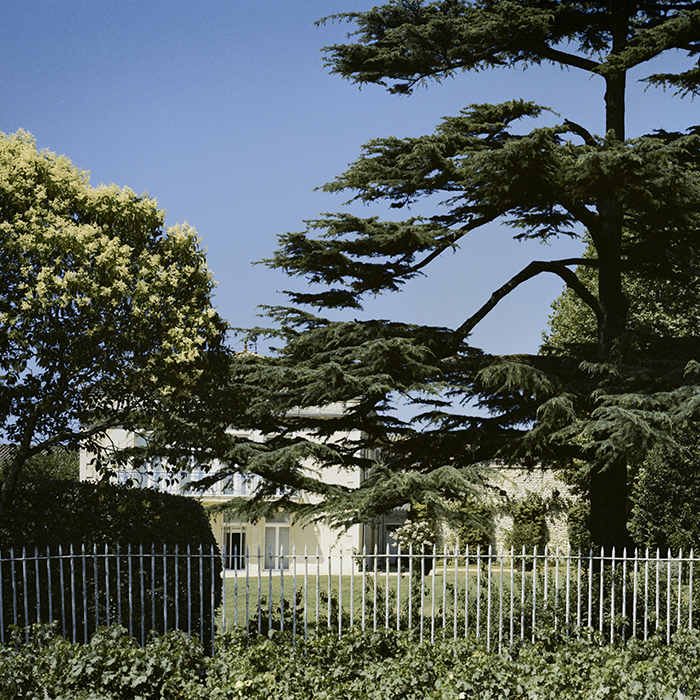Bordeaux second wines explained
Author: Simon Herriot

When is a second wine not a second wine? When it is a second label, of course. No, I am not being facetious, this is in fact one of the most common misconceptions when it comes to the “little brothers” of the famed Bordeaux grands vins. Another popular misunderstanding is that all second wines or labels are made from inferior fruit. Again, not true, but a view regurgitated enough that it has come to influence even the most discerning collectors’ buying habits. I believe it vitally important to dispel these views. The quality, value for money, accessibility and sheer drinkability of many modern second wines should no longer go unnoticed by drinkers and collectors alike.
The second wines of acclaimed châteaux are nothing new. There are records all the way back to the 17th century showing that Châteaux Haut-Brion and Margaux, amongst others, vinified different vineyard parcels separately, while in 1792 the manager of Château Latour wrote that a new plot could yield a “good second wine within seven to eight years”. One must also remember that the majority of the great wines of the Médoc, Pomerol and St Emilion are a blend of different grape varieties from specific plots. Surely then, it is prudent winemaking to ensure only the most suitable grapes are blended together to make the best wine possible, whether that be a grand vin or a second wine/label?
This last point is salient as – although there are records of second wines going back hundreds of years – historically, due to financial requirements, châteaux would use all the raw material they had at their disposal to create as much grand vin as possible. It is amazing to think that such legendary vintages as 1921, ’45, ’47 and ’61 were made with virtually no selection. Although the modern incarnation of second wines really began in the early 20th century with Les Forts de Latour and Pavillon Rouge, it was not until the 1970s and ’80s that second wines became routine.
So, what is a second wine or second label? And why is there no better time than now to buy them? A second wine – such as Le Petit Mouton, Carruades de Lafite, Echo de Lynch-Bages and Sarget de Gruaud Larose – represents a wine produced from the same vineyards as the grand vin, that serves as an introduction to the name, but at a more accessible price. In the vineyard and winery, these wines receive the same treatment as their “older sibling”, made by the same technical team; however, the overall blend and élevage (maturation – essentially the barrel ageing, both the time and proportion of new oak) is different. This is the important bit – as the key to second wines is that they should offer an expression of the property, but with an earlier drinking window than the flagship wine.
A second label, on the other hand – the likes of Forts de Latour, Clos du Marquis, Croix de Beaucaillou and Alter Ego de Palmer etc – are wines which always come from specific vineyard parcels that are never used in the grand vin. They are, therefore, their own specific expression of terroir, rather than a more approachable version of their older sibling. These are in their own right serious wines that consistently compete with certain Classified Growths in terms of quality.
Whether we are talking about second wines or second labels, each offer collectors a wonderful opportunity to buy wines from First Growth down to Cru Bourgeois levels at a fraction of the grand vin’s price. And, with better and more stringent selection, as well as smaller volumes of the top wines being made, there has never been a better time to buy these wines. With grapes traditionally reserved for the first wines being allocated to second wines, quality is higher than ever.
A more affordable option, and one that you won’t need to wait 20 years to drink, some of these wines – especially in a vintage as good as 2019 – comfortably outperform the grands vins from lesser Classed Growths. They also offer a chance to appreciate the potential and quality of the first wine, perhaps spurring you on to buy a case in the future. These wines are anything but second rate.
Browse our range of Bordeaux 2019 here, or read more about Bordeaux.


